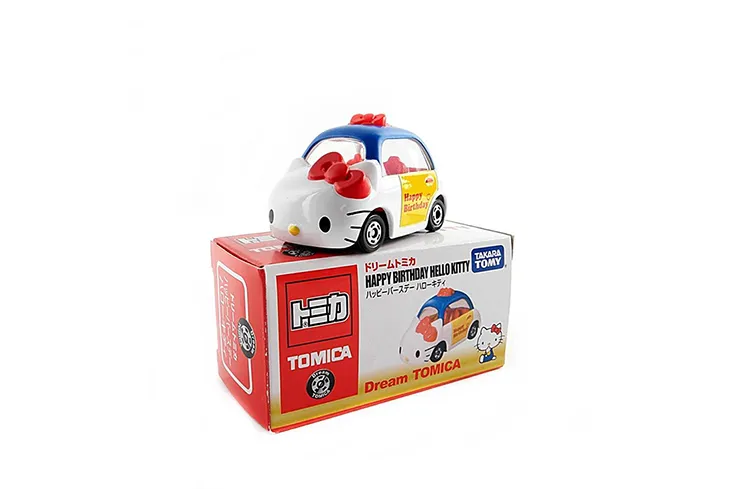Diecast models are more than just toys; they are intricate collectibles that often represent significant value, both sentimental and monetary. Proper care is essential to preserve their beauty, detail, and value for years to come. This guide will explore the 5 essential practices to keep your diecast models in pristine condition. From cleaning and storage to handling and lubrication, we will cover everything you need to know to keep your collection in top shape.
Why Diecast Care Matters
Diecast models are susceptible to damage from various environmental factors and improper handling. Dust, humidity, sunlight, and even the oils from your skin can degrade the paint, decals, and moving parts of your models. Regular care not only maintains the aesthetic appeal of your collection but also protects your investment. It prevents the deterioration that leads to decreased value and the loss of intricate details that make these models so desirable. Whether you have a few prized pieces or a vast collection, taking care of your diecast models is an investment in their longevity and your enjoyment.
Understanding Diecast Materials and Their Sensitivity
Diecast models are typically made of a zinc alloy, which is strong but can be susceptible to corrosion if exposed to moisture. Paints and decals are also sensitive to sunlight and harsh chemicals, which can cause fading, cracking, or peeling. Plastic components, like windows and tires, can become brittle over time or degrade from heat exposure. Understanding these materials is crucial for selecting the right care methods. For example, using the wrong cleaning solution can strip away the paint, while storing a model in direct sunlight can cause the colors to fade. By recognizing these sensitivities, you can tailor your care routine to maximize the lifespan and aesthetic appeal of your diecast models.
Dusting and Cleaning Your Diecast Models

Dust and dirt are the primary enemies of diecast models. Regular cleaning prevents build-up that can scratch the paint or damage delicate details. The frequency of cleaning depends on the environment, but a good rule of thumb is to dust your models at least once a month and clean them thoroughly every few months, or as needed. Proper cleaning involves the right tools and techniques to remove grime without causing harm. When it comes to diecast care, the gentle approach is often the best, so always choose tools and solutions that won’t damage your models.
Tools and Supplies for Cleaning
To clean your diecast models effectively, you’ll need a few essential tools. A soft-bristled brush, such as a makeup brush or a dedicated model cleaning brush, is ideal for removing dust from hard-to-reach areas. Microfiber cloths are perfect for wiping down surfaces without scratching the paint. Distilled water is a safe and effective cleaning agent. Avoid tap water, as it may contain minerals that can leave spots. Mild dish soap can be used for more stubborn dirt, but be sure to dilute it significantly. Cotton swabs are useful for cleaning small crevices. Finally, a can of compressed air can help blow away dust.
Gentle Dusting Techniques
Dusting is the first line of defense against grime. Use your soft-bristled brush to gently remove dust from the model’s surface. Work in a well-lit area so you can see all the dust particles. Start with the larger surfaces and then move to the smaller details, such as grilles, emblems, and mirrors. Hold the model firmly, but don’t apply too much pressure. If you notice a layer of dust, use a microfiber cloth to wipe the model gently. Avoid using harsh scrubbing motions, as these can damage the paint. Be patient and thorough, ensuring you reach every nook and cranny.
Effective Cleaning Solutions
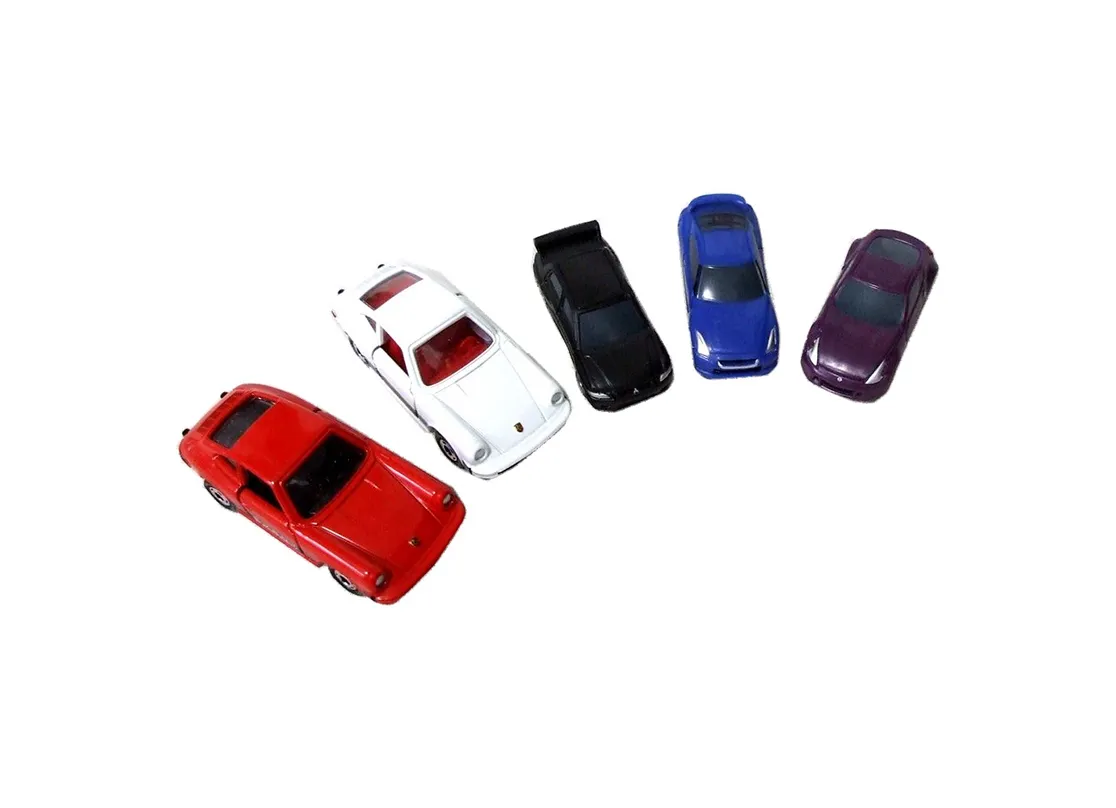
For more thorough cleaning, dilute a small amount of mild dish soap in distilled water. Dip your microfiber cloth in the solution, wring out the excess water, and gently wipe the model’s surfaces. Avoid getting any moisture inside the model, especially near electronic components if your models have them. Use cotton swabs dipped in the diluted solution to clean hard-to-reach areas. Rinse the cloth with clean distilled water and wipe the model again to remove any soap residue. For stubborn spots, you can use a small amount of isopropyl alcohol on a cotton swab, but test it on an inconspicuous area first to ensure it doesn’t damage the paint.
Safe Drying Methods
After cleaning, it’s essential to dry your models properly to prevent water spots and corrosion. Use a clean, dry microfiber cloth to gently pat the model dry. Pay extra attention to crevices and hard-to-reach areas. You can also use compressed air to blow away any remaining moisture, but be careful not to apply it too close to the model. Allow the model to air dry completely before placing it back in its display case or storage. Ensure the area is well-ventilated to facilitate drying. Proper drying is as important as cleaning for preserving your diecast models.
Proper Storage Techniques for Diecast Models
Storage is critical for protecting your diecast models from environmental damage. The right storage environment can prevent dust accumulation, reduce exposure to sunlight, and control temperature and humidity fluctuations that can cause damage. Proper storage protects your investment from the elements and ensures your models remain in pristine condition. It’s all about creating a stable environment that safeguards the integrity of your collection.
Choosing the Right Display Cases

Display cases are an excellent way to showcase your diecast models while protecting them from dust and accidental damage. Choose cases that are airtight and made of UV-resistant materials to minimize light exposure. Acrylic cases are a popular choice because they offer good visibility and protection. Wooden display cabinets with glass doors can also be effective. Arrange your models carefully, leaving enough space between them to prevent scratches. Ensure the cases are placed in a stable location, away from areas of high traffic or potential hazards. Regular cleaning of the display cases will further protect your models.
Controlling Temperature and Humidity
Extreme temperatures and humidity can damage your diecast models. High temperatures can cause paint to blister, while excessive humidity can lead to corrosion. Ideally, store your models in a climate-controlled environment with a temperature between 65-75°F (18-24°C) and a humidity level between 40-60%. Avoid storing your models in attics, basements, or garages, where temperature and humidity levels can fluctuate significantly. Use a dehumidifier in humid environments or a humidifier in dry climates to maintain optimal conditions. Monitoring the environment with a hygrometer can help you keep track of the temperature and humidity levels.
Avoiding Direct Sunlight
Direct sunlight can cause the paint on your diecast models to fade and degrade. Store your models away from direct sunlight, such as in a shaded area or behind UV-protective glass. If you’re displaying your models, position them away from windows and other sources of direct sunlight. Consider using blinds, curtains, or window film to block out harmful UV rays. Rotate your models occasionally to ensure even exposure to light if complete avoidance is not possible. Prolonged exposure to sunlight will accelerate the aging process and damage the aesthetic of your collection.
Lubrication and Maintenance of Moving Parts
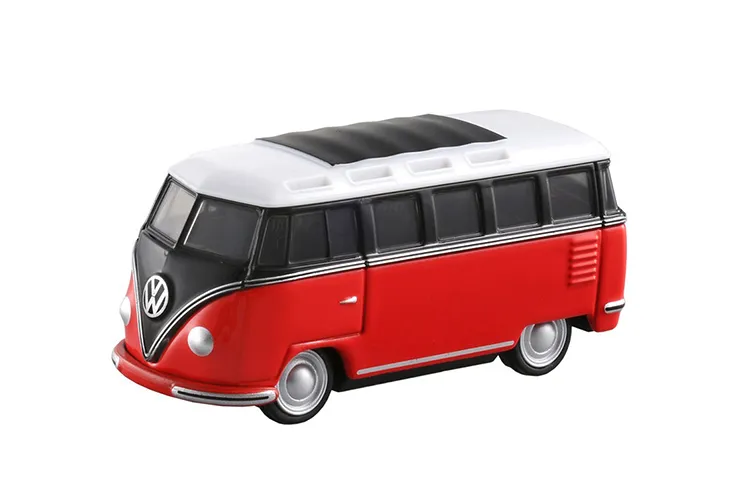
Diecast models often have moving parts, such as wheels, doors, and steering mechanisms, that require lubrication to function smoothly and prevent wear. Regular lubrication ensures that these parts move freely and don’t squeak or stick. Lubrication also protects against corrosion and extends the life of your models. However, using the wrong lubricant or applying too much can be as harmful as not lubricating at all, so it’s essential to choose the right products and apply them with care.
Identifying Parts That Need Lubrication
Inspect your models regularly for moving parts that may require lubrication. Pay attention to wheels, axles, door hinges, hood hinges, and steering mechanisms. If a part squeaks, sticks, or moves stiffly, it likely needs lubrication. Gently try to move each part to identify any areas of friction. It’s always better to lubricate preventatively to avoid potential issues. Keep a record of the models you lubricate and the date to help you maintain a consistent maintenance schedule.
Choosing the Right Lubricants
Choose a lubricant that is specifically designed for delicate mechanisms. Synthetic lubricants, such as silicone-based lubricants, are generally preferred because they don’t attract dust and dirt. Avoid using petroleum-based lubricants, as these can damage plastic components. Look for lubricants that are safe for plastics, rubber, and paint. A needle-tip applicator can help you apply the lubricant precisely without making a mess. Test the lubricant on an inconspicuous area first to ensure it doesn’t damage the finish. Always follow the manufacturer’s instructions for the lubricant you choose.
Applying Lubricant Safely
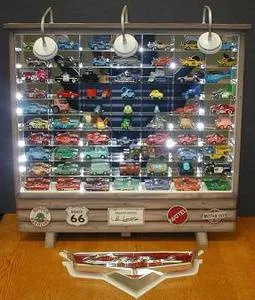
When applying lubricant, use a needle-tip applicator to dispense a small amount of lubricant directly onto the moving parts. Avoid over-lubricating, as excess lubricant can attract dust and dirt. Apply the lubricant sparingly and work the moving part back and forth to ensure it distributes evenly. Wipe away any excess lubricant with a clean cloth or cotton swab. After lubricating, allow the lubricant to fully penetrate before handling the model. Regular lubrication will ensure your diecast models continue to function smoothly.
Protecting Your Diecast Models From Damage
Accidental damage is always a risk, so it’s important to take precautions to protect your diecast models. Handling your models carefully, avoiding scratches and abrasions, and protecting them from accidental drops are all crucial for preserving their condition. This involves creating a safe handling routine and being aware of the potential risks. This goes beyond the environment; it also extends to how you interact with your collection on a daily basis.
Handling Your Models with Care
Always handle your diecast models with clean hands to prevent transferring oils and dirt. Hold the model by its base or chassis whenever possible, avoiding touching the painted surfaces or delicate details. Avoid excessive force when opening or closing doors, hoods, or other moving parts. Be gentle and patient, especially with older models, as their parts may be more fragile. Take the time to inspect your models before handling them, looking for any loose parts or potential issues. Creating a dedicated handling space, such as a clean table, can minimize the risk of accidents.
Avoiding Scratches and Abrasions
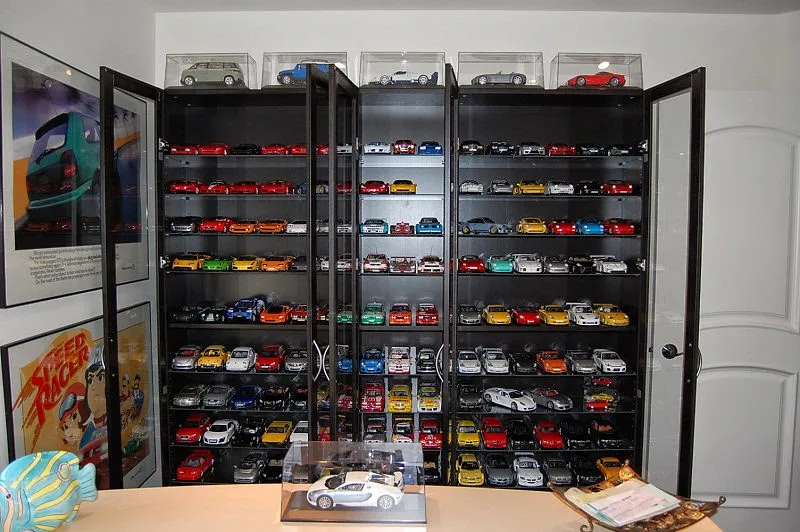
Scratches and abrasions can significantly detract from the appearance of your diecast models. To prevent these, avoid placing your models directly on hard surfaces. Use a soft mat or cloth when working with your models. When storing models, ensure they are not touching each other, as this can cause scratches. Transport your models carefully, using protective packaging to prevent damage. Regularly inspect your models for any signs of scratches, and address them promptly. Using a wax or sealant designed for model cars can provide a layer of protection against minor scratches.
Protecting from Accidental Drops
Dropping a diecast model can cause significant damage, so take precautions to avoid accidents. Always work in a stable environment, away from areas where your models could be bumped or knocked over. When handling your models, make sure you have a firm grip. Store your models in a secure location, such as a display case or shelf that is not easily accessible. If you are transporting your models, use a protective container or packaging material. Be mindful of children and pets, and keep your models out of their reach. Implementing these simple steps can greatly reduce the risk of accidental drops.
Preserving Paint and Decals
The paint and decals on your diecast models are vulnerable to damage from various factors, including harsh chemicals and improper handling. Proper care and maintenance are crucial to preserving their appearance and value. By taking a few simple precautions, you can keep your models looking their best for years to come. It’s important to understand what causes the damage to take the right approach.
Avoiding Harsh Chemicals
Avoid using harsh chemicals, such as strong solvents or abrasive cleaners, on your diecast models. These chemicals can strip away the paint or damage the decals. Stick to gentle cleaning solutions like distilled water and mild dish soap. Always test any cleaning solution on an inconspicuous area first to ensure it doesn’t cause any damage. Avoid using furniture polish or other household cleaners, as these often contain chemicals that are not safe for model cars. Regularly clean your models to prevent the build-up of dirt and grime that can necessitate the use of harsh chemicals.
Maintaining Original Packaging
The original packaging of your diecast models can play a role in preserving their value, especially for collectors. Store your models in their original boxes whenever possible. The packaging often provides additional protection from dust, light, and handling. Be careful when handling the boxes, and avoid damaging them. If you are displaying your models, consider keeping the boxes stored separately. This can help maintain the value of your collection over time. Original packaging also enhances the overall collector experience.
Final Thoughts
Caring for your diecast models is a rewarding practice that helps preserve their beauty and value. By following these 5 essential practices – understanding diecast materials, cleaning and dusting, proper storage, lubrication, and protecting from damage – you can ensure your collection remains in pristine condition for years to come. Remember that consistent care and attention are key. Investing time and effort in caring for your diecast models is an investment in your enjoyment of the hobby. Implementing these tips is a great way to ensure your models will continue to impress.
